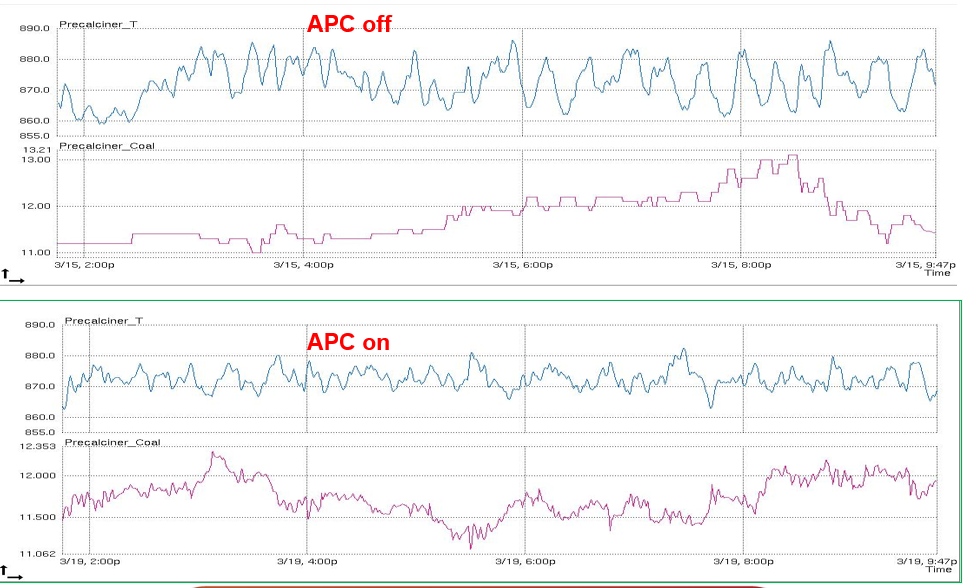Cement Plant Cuts Coal and Energy Use With Rockwell Automation Technology

YIYANG, China, October 25, 2021 /3BL Media/ - Cement is one of the most widely used products worldwide. China leads the world in cement production and while consistent demand is good news for Chinese producers, cement is an energy-intensive industry that relies heavily on coal for fuel.
“Coal is a leading source of greenhouse gases,” said Alessandro Masiello, manager, Rockwell Automation. “Chinese cement producers are looking for ways not only to decrease fuel costs, but also to meet environmental regulations.”
Recently, China’s leading cement producer turned to Rockwell Automation (NYSE: ROK) for a better way to optimize their process, decrease fuel consumption, and contain costs. Cement production is a complex process that expends energy at every step.
The kiln is one of the most difficult operations to optimize and mill operations are another power-intensive process. To achieve more stable kiln and mill operations, the producer piloted a solution at its Yiyang plant based on Rockwell’s Pavilion8, a model predictive control software platform.
“The more stable system delivered impressive energy savings and significantly reduced the operator workload,” said Rockwell’s Jingkun Tang, Pavilion business development manager.
The Yiyang plant reduced coal and energy consumption in the kiln by up to 2% and captured additional savings in the mills. Additionally, the plant reduced two byproducts of coal consumption – carbon dioxide (CO2) and nitrogen oxide (NOx) emissions.
“The pilot project at the Yiyang plant was highly successful,” Tang said. “Our customer has already extended the solution to forty additional Cement lines – with at least ten more every year.”
Read more how Rockwell Automation technology helped this cement producer reduce coal and energy use and related greenhouse gas emissions.

